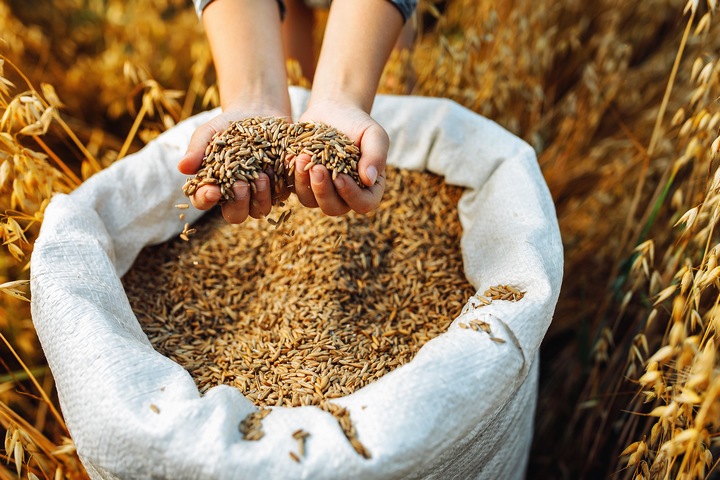
Working in specific industries often means you will have to hustle a bit more. There are a ton of sectors where the amount of tasks to complete seems to be never-ending. However, the results of your hard work will certainly show themselves in the near and distant future. One of those sectors is, of course, farming.
If you work on a farm, you know how challenging it can be to conduct your job year-round. You must tend to livestock and manage crop growth and grain storage. Regarding the latter, the ability to effectively put your grain crops away can vary widely.
Here are seven beginner tips for grain storage and management:
1. Grain Growth
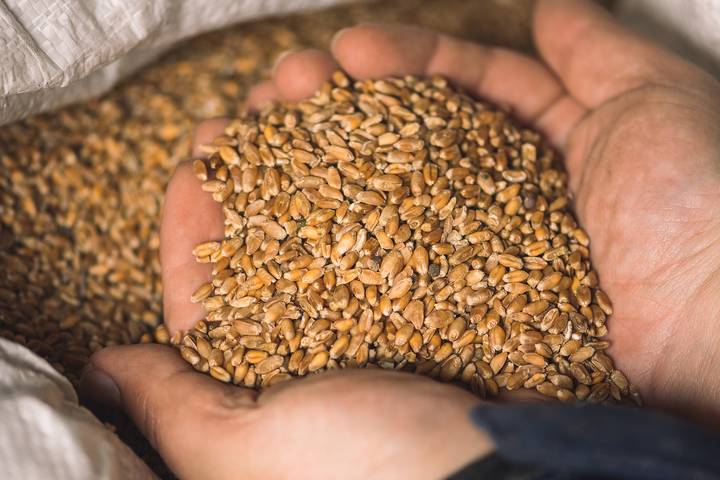
Before you even think about putting away your grains for storage, you must tend to their growth in the first place. Farmers must have the perfect conditions to reap the rewards of their hard work. Several of these dynamics must be all but flawless when it comes to growing grains.
For instance, you do not want to grow your grain crops in a non-amicable growth season. While you have your quotas to fill, quality grains must be grown at the right time. Always be sure to use the right growth conditions so you can harvest them accordingly. It may seem like common sense, but it is very important for the next parts of the process!
2. Cleaning and Inspecting Grain

Eventually, there will come the point where you have to inspect how the crop looks after growth. This involves the initial steps of inspecting the look of the crop and ensuring it appears good. Moreover, concerning the storage, you want to clean the crop’s targeted storage capacities for usage.
Sometimes, we may take for granted how important sanitization is, especially for grain crops. If the storage bins are not as clean, they may impede the quality of the grains. Remove all debris or outstanding grains inside the bins, sanitize them thoroughly, and you will be good to go.
3. Preseason Assessment
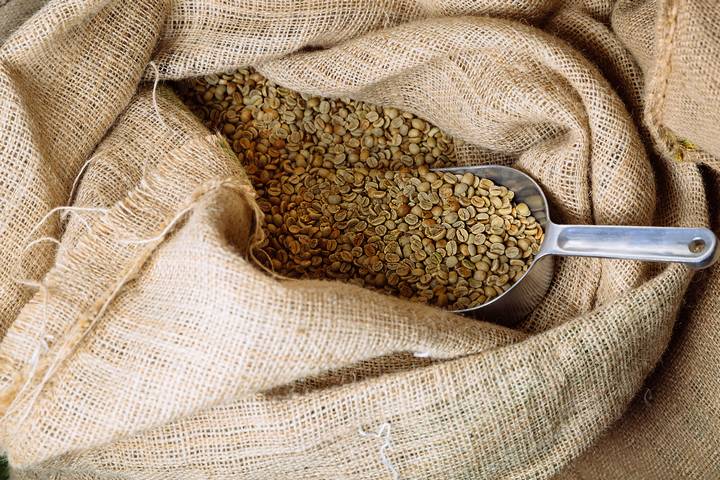
As mentioned, the time you tend to your grain crops will matter greatly. However, before you get to the storage stage, you will also have to do some preseason reviews of the farm. Even though most growth seasons range, there will be some similarities that must be taken into account.
Take a look at all of your respective farming equipment, for example. This ranges from machinery to electrical connections to even safety circuits. You must ensure these are all in working order, as they are pivotal to effective grain storage. The last thing any farmer wants is to have their crops go bad due to faulty equipment!
4. Grain Monitoring
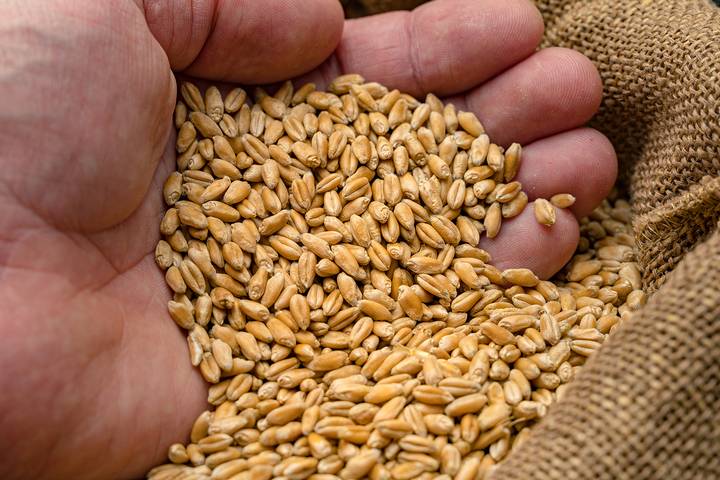
Do not just leave your grains to stay by themselves after putting them away! Not only is this counterproductive, but it could give rise to things going bad. As a result, always check up on them now and again.
How you store them is key, but regular monitoring is probably even more crucial. You can use grain bin monitoring technologies to help with this process.
5. External Conditions
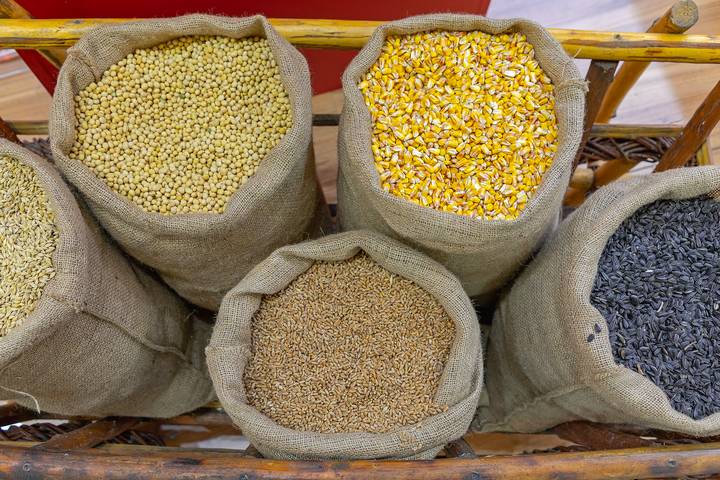
While the storage bins need to be cleaned and inspected, do not forget the external storage. Your bins will eventually be placed somewhere on the farm, such as inside a shack. Or, you may decide to place them somewhere else, where natural conditions do not harm the crops.
There are a couple of aspects to keep in mind in this respect. Having the right temperature is key so that your grain crops are not hampered by mould. Moisture is also a factor that needs to be taken into consideration as well. Grains are very susceptible to going bad at this stage if not stored properly!
6. Grain Storage
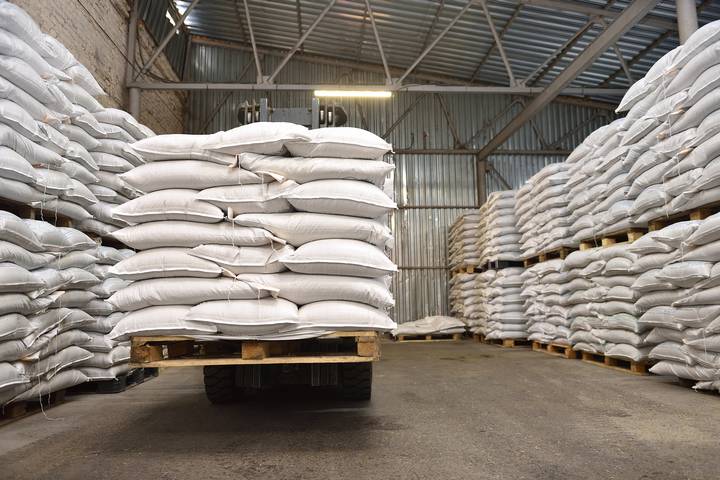
Ensuring that your storage bins are effectively secured is also key to consider. After all, farms are targeted by pests regularly. These pests are always on the prowl for sustenance in the form of grain crops. Lock up all of your storage bins, and ensure they cannot be tampered with.
7. Storage Alternatives
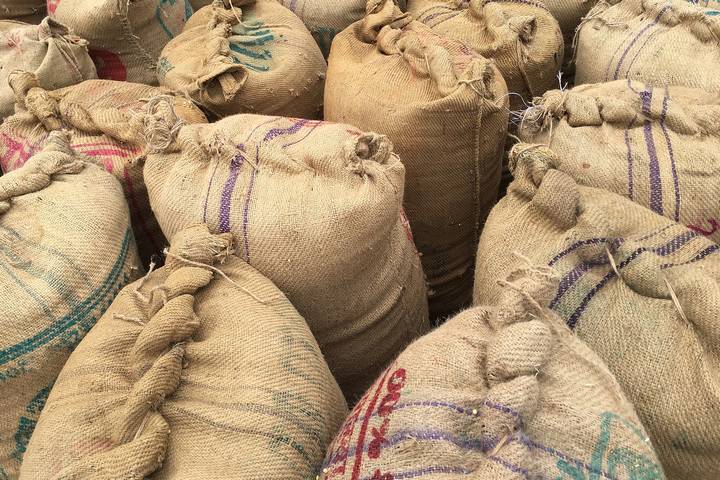
If you are trying to find other ways to store your grains, it may be time to do so when you have a minute. That is because there is always room for improvement, especially in this part of the process.
However, you must consider your end goal for storing your grains. Do you want them to remain in place for the short or long term? Asking yourself these questions will remain pivotal for your farming needs!












